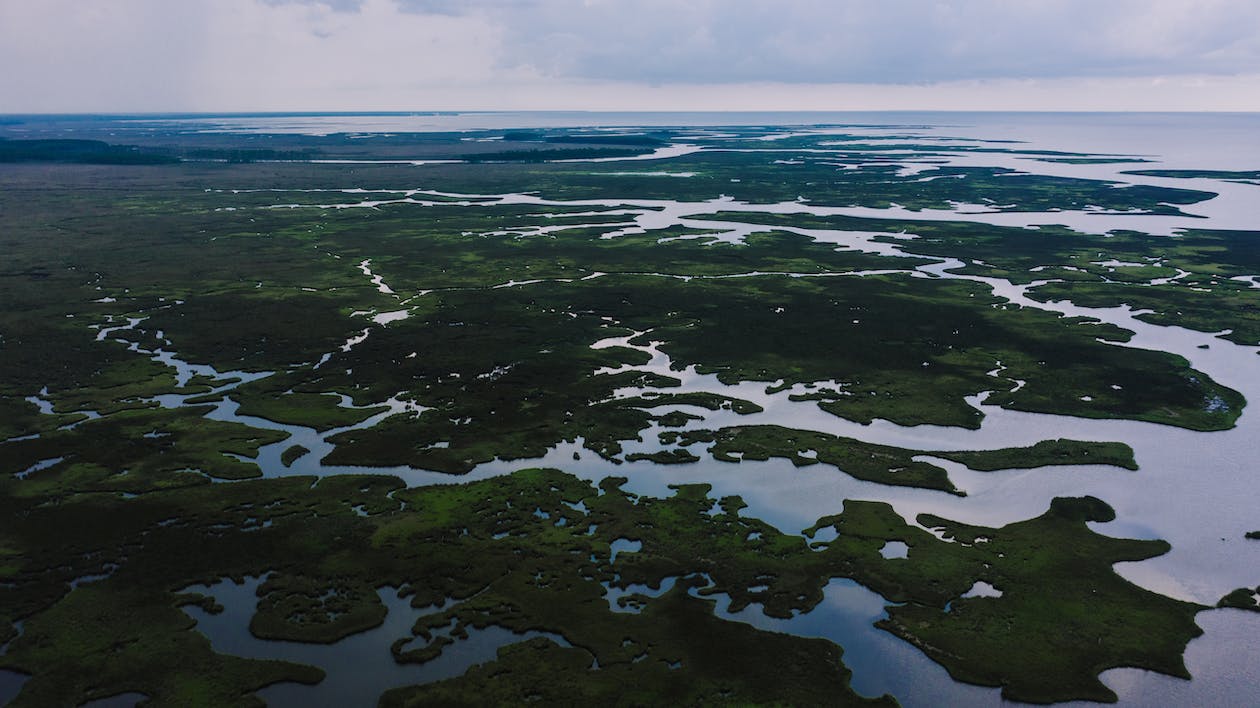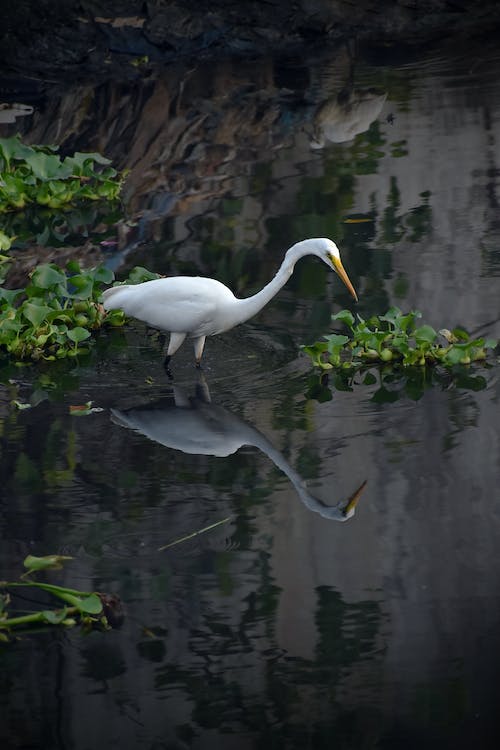The activity of bird watching gives a traveller a source of bliss, which cannot be reasonably explained. Looking for the birds amidst the thickets cultivates patience in our souls. The verdant backwaters of Kerala are one of the favourite patches where the birds nest and go about their business. The stretch of the Kumarakom Backwaters is the crowning jewel of the entire Backwaters of Kerala because of the Kumarakom Bird Sanctuary. The Kumarakom Bird Sanctuary is home to a large variety of tropical birds, wetland birds and migratory birds that come from Siberia during the winter months in India.

Location of the bird sanctuary at the Kumarakom Backwaters:
The bird sanctuary at the Kumarakom Backwaters
is at the banks of the Vembanad Lake in the Kottayam district of Kerala. The Kumarakom
Bird Sanctuary is currently sprawled over 14 acres bounded by lush green
forests and emerald green backwaters of Kerala.
History of the Kumarakom Bird Sanctuary:
Around 1847, George Alfred Baker was granted 500 acres of land for a rubber plantation by the then-king. He started planting trees in a 10-acre portion near the wetlands of Vembanad Lake to make it more fertile. That portion came to be known as Baker’s Estate. George Alfred Baker left the land as is.

After some time, quite a few local birds started to come and settle in the Baker’s Estate. The area also attracted the migratory birds from Siberia from November to February. Later, Baker’s estate came to be known as Kumarakom Bird Sanctuary or the Vembanad Bird Sanctuary. Sanctuary. The place is currently managed by the Kerala Tourism Development Corporation.
Kumarakom Backwaters as the Bird Watchers’ Paradise:
The Kumarakom Backwaters house around 25000 birds
in total, from 180 different bird species. Of the 180 species, the migratory
birds belong to 90 different species. The permanent members of the Kumarakom
Bird Sanctuary: waterfowl, water hens, cuckoos, egrets, cranes, woodpeckers,
skylarks, parrots, cormorants, ducks, moorhens and darters. These birds can
be spotted here in large numbers.
The wetland birds comprise the Lesser Whistling Teals, Whiskered Terns, Northern Pintail Ducks, Little Cormorants, Purple Moorhens, Pond and Purple Herons, respectively, Cattle Egrets, and the Common, Garganey and Cotton Teals.

The migratory birds come down for four months from November through February from the Himalayas and Siberia. The common migratory birds that can be seen in the Backwaters of Kumarakom are Brahminy Kites, Steppe Eagles, Booted Eagles, Black-tailed Godwits, and Siberian Cranes, Rufous-backed Shrikes and various species of Herons, Bitterns, and Marsh Harriers, Flycatchers, Darters, Larks and Teals. You can also spot Bar-headed geese and Ruddy shelducks too.
The coconut groves and the mangrove trees present a brilliant backdrop for this huge abundance of birds in the Kumarakom pocket of the backwaters. This ambience has earned the Kumarakom Backwaters the adjective -Bird Watcher’s Paradise.
The Best Time for Bird Watching at the Kumarakom Bird Sanctuary:
June to August:
If you are looking for tropical birds that have made the Kumarakom Bird Sanctuary their permanent residence, you need to target the months from June to August, the rainy season. The monsoons are the peak time here in the Kumarakom Backwaters for the birds to start nesting.
November to February:
During this time, the migratory birds from Siberia come down to the Kumarakom Bird Sanctuary. The population of migratory birds is a valuable addition to the colourful plumages flocking around all about the placid green waters, creating a melodious symphony.
The best mode to go for birding in the Kumarakom Backwaters:
Bird Watching or Birding (in short) is an extremely quiet activity because the birds get alert and fly away even if there is a slight noise proving human interference. So, you need to choose a vehicle that will provide you with noiseless access to the remotest creeks along the Backwaters for a better birding experience.
The houseboats are a strict NO-NO for avid bird lovers because the low motor sound or ripple effects in the water created by moving houseboats alert the water birds to leave the place for a safer corner. You might miss the wetland birds hunting water insects and fishes if you are on a houseboat, for, the insects or the fishes might take into hiding.
Now, that leaves you with two safe options – canoe cruise or small shikkaras. If you are a serious bird watcher and prefer solo birding, you might want to consider solo canoe cruise with a guide through the Kumarakom Bird Sanctuary. Canoes and/or small shikkaras help you to access narrow bends of canals and creeks to observe the wetland birds closely.
Kayaks are not a preferred mode of transport for bird watching because your attention gets into navigating the kayak instead of locating the bird species.
With all those pros, there’s another one to be added. Bird Watching is an integral part of ecotourism in Kerala. As you are riding a canoe and interacting with the local environment, you are supporting the concept of sustainable, responsible eco-tourism.
Conclusion:
In her book, ‘Rare Encounters with Ordinary Birds’, naturalist Lyanda Lynn Haupt said, -
“Birds will give you a window if you allow them. They will show you secrets from another world– a fresh vision that, though it is avian, can accompany you home and alter your life. They will do this for you, even if you don't know their names– though such knowing is a thoughtful gesture. They will do this for you if you watch them.”
We resonate with her view and assert that once you are in the Kumarakom Backwaters observing the varied birds and noting their behaviours, you will experience a rare joy amidst the serene green backwaters of Kerala. Your souls might cherish an altering experience. Let Kumarakom Bird Watching will be one of your bucket lists of travels of a lifetime.

